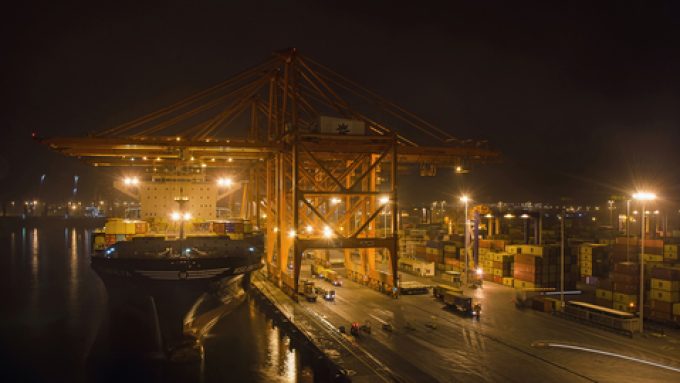White House moves create yet more stormy water on the transpacific
The 90-day tariff moratorium on US imports, except those from China, have failed to keep ...

The steady decline of container spot freight rates between Asia and Europe turned decidedly steeper this week, with both the Asia-North Europe and Asia-Mediterranean trades witnessing double-digit declines.
Drewry’s World Container Index (WCI) saw its Shanghai-Rotterdam leg shed nearly $1,000 per 40ft this week, dropping 14% week on week, while Xeneta’s XSI Asia-Europe price fell 10%, to $6,843 per 40ft.
Meanwhile, the WCI Shanghai-Genoa leg saw spot rates decline 12%, to $5,842 per 40ft, while the Freightos Baltic Index Asia-Mediterranean leg was ...
Outlook for container shipping 'more uncertain now than at the onset of Covid'
Teamsters union vows UPS will be 'in for a hell of a fight' over jobs cull
Shippers warned: don't under-value US exports to avoid tariffs – 'CBP will catch you'
Cancelled voyages take the sting out of spot rate declines this week
New Houthi warning to shipping as rebel group targets specific companies
K+N CEO unveils impact of US import tariffs on China-origin goods
Blanked sailings in response to falling demand 'just a stop-gap solution'
More pressure on transpacific rates as carriers bet on a China-US trade deal
CMA CGM to reflag box ship as the French carrier eyes growing Indian market
Boeing looks to resell up to 50 aircraft rejected by Chinese buyers
'Strong start' to 2025, despite market uncertainty, says Kuehne + Nagel
US Customs chaos means 'more downside risk than upside potential' for air cargo
Taiwan ministries act to mitigate effect of trade war on agriculture exports
Wan Hai joins box shipping 'arms race', but avoids Chinese yards for newbuilds
MOL signs up with Climeworks for direct air carbon capture and storage

Comment on this article